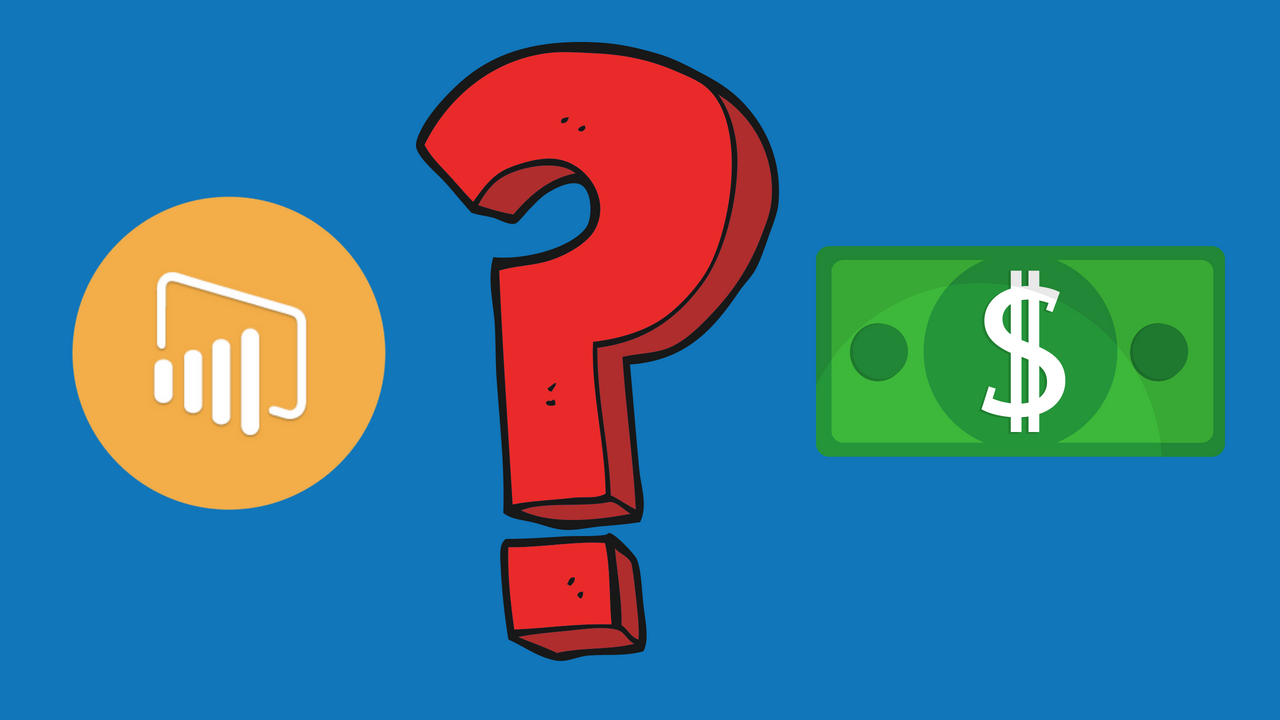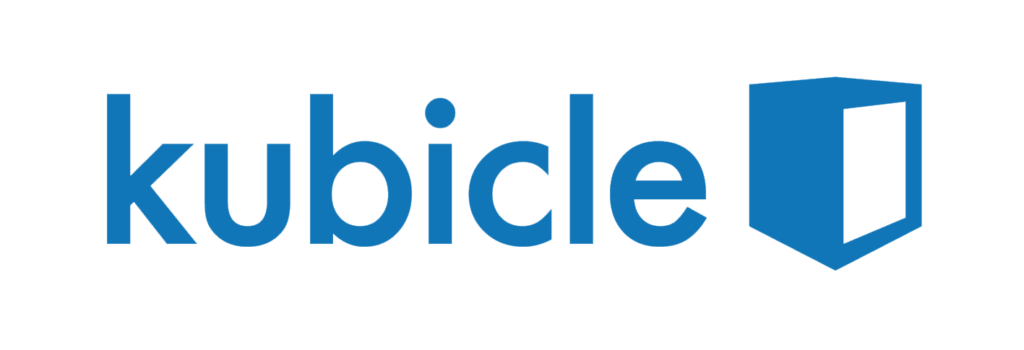Microsoft’s Power BI has been shaking up the market for self-service business intelligence applications. However, it doesn’t follow the usual Microsoft pricing model. Historically, Microsoft products have been sold as a large upfront purchase, or as a monthly or yearly subscription. Power BI instead follows a freemium pricing model, where some features are available for free, and others require a subscription.
Price is often cited as one of the main advantages of Power BI as a BI tool, especially in comparison to products like Tableau, Qlik or Alteryx, which can have expensive subscription or licensing costs. Many people choose Power BI on the basis of its more reasonable cost. If you’re considering such a decision, then this post should help you understand exactly how Power BI pricing works.
Understanding the Power BI Product Offering
Before we look at pricing, let’s look at the main products that fall under the Power BI brand. Different products are priced differently, so it’s important that we understand the distinction between them. The three main Power BI products are:
- Power BI Desktop: This is an application that is installed on a PC. You use it to connect to data from various sources, then create charts that analyse that data. You can then create reports, which contain one or more pages of charts that provide insights into your company’s data.
- Power BI service: This is a cloud based service, officially just called Power BI. You upload reports from Power BI Desktop to the service, then create dashboards using them. You can analyse your dashboards and your data in the service, and share dashboards and other content with people throughout your company. You can also bypass Power BI Desktop and create reports in the service, but currently the functionality in this area is reduced compared to Power BI Desktop.
- Power BI Mobile: This is a mobile application that can be downloaded to most phones. It is designed for viewing reports and dashboards from the Power BI service. It is focused on reading, and does not allow you to create reports or dashboards.
There are also some other products with the Power BI name, such as Power BI Embedded and Power BI Report Server. These are less commonly used, and we’ll refer to them again later on.
How Power BI’s Pricing Plans Work
Of the three main products above, Power BI Desktop and Power BI Mobile are entirely free. In the case of Power BI Desktop, this means that the full set of visualizations, and the full set of report-creation capabilities are available to anyone for free.
Only the online service has a paid pricing model. There are three pricing levels:
- Free: The free option provides all the analytical capabilities of the online service, including the ability to create reports and dashboards. However, it is intended for personal use, so it does not provide any features for sharing these dashboards with other people, except the ability to publish them to the web.
- Pro: Pro costs $9.99 per user per month, or the equivalent amount in your local currency. It provides all the features of Free plus various sharing and collaboration features aimed at business users. These include sharing by email, apps and app work-spaces, and the ability to analyse data from the service in Excel.
- Premium: For non-premium customers, your data is stored in a Microsoft cloud with the data of other Power BI users. This results in certain technical limitations, such as limiting the number of refreshes per day, so as to prevent performance issues when large numbers of people are accessing the service at the same time. Premium is designed for companies that want dedicated capacity and higher performance for their data. This capacity is sold in “nodes”, and the amount of capacity is determined by the number and size of nodes a company purchases. Premium pricing is highly variable, and is priced per node per month. The cheapest node is $5,000 per month, so this is very much a product targeted at large customers. For specific prices for your business, you need to contact Microsoft. Note that Premium capacity is still provided by Microsoft in the cloud, it is not an on-premises solution.
What’s Right for Your Business?
Under older pricing models, some small companies could get away with using only the free service. Under the current system, this is not really viable anymore. If we assume that most businesses will need access to Power BI’s sharing features, then there are two business models that can work for companies using Power BI.
The first option is to get a Power BI Pro license for all people in the company. Note that sharing content, such as a dashboard, requires both the content creator and the recipient to have a Power BI Pro license. Therefore, getting Pro licenses for some people and Free licenses for others is not likely to be viable. This option works best for smaller companies (in particular those below 100 users), for whom Premium doesn’t make financial sense.
The second option is to use Power BI Premium. This is best for large companies, where the cost of the dedicated capacity can be justified by the amount of data, or Power BI users in the company. With Premium, the rules on sharing change. When content is stored in Premium capacity, only those creating content need a Pro license. People who just receive or consume content only need a Free license. As a result, the cost of the Premium capacity can be partly recouped in lower licensing costs.
Unfortunately, medium sized companies (100-500 users) can fall into something of a pricing trap. For these companies, Premium may be too expensive, but the cost of per user Pro licenses can quickly add up also. In an ideal world, Microsoft might tweak the pricing structure in the future to help these users out.
Consider “Special” Power BI Products
There are two other products that may be relevant to your decisions on Power BI.
Firstly, Power BI Report Server is an on-premises alternative to the online service. It is designed for companies that do not want their data to be stored in the cloud. However, it currently has significantly reduced functionality compared to the online service. For example, you can upload reports from Power BI Desktop to Power BI Report Server, but you cannot then create a dashboard, as dashboards are only available in the Power BI service. Currently, Report Server is only available as part of Power BI Premium. It cannot be bought separately.
Secondly, Power BI Embedded allows you to embed Power BI features, such as visualizations and reports into an app on your website. This allows viewers of your website to get Power BI-like insights without actually having to use Power BI itself. Power BI Embedded is part of Microsoft’s Azure cloud service. As a result, it is priced as part of an Azure implementation, and is not priced with other Power BI products.
Conclusion
There is no doubt that Power BI is a low-cost self-service BI application, especially when compared to the prices charged by some of its competitors. All of the main Power BI products have a free version at the very least, and many are entirely free.
Of course, it’s not quite as simple as that. As we have seen, most businesses probably do need to pay something for Power BI, but for smaller and larger companies, the pricing model can work out much cheaper than the competition. The current pricing structure does somewhat work against medium sized companies, but it’s always possible that this could be improved in the future.



